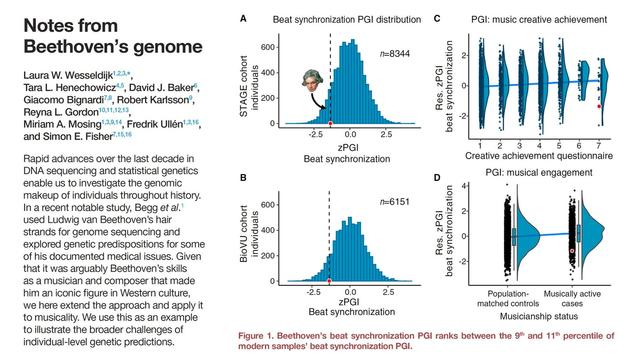@albertcardona thanks Albert! Indeed, I hope it will be fun!
Innie: Fly and mosquito researcher at Lund university/Lumon industries. Outie: husband, father of three girls, cat feeder & general nerd. #StandWithUkraine #StandWithIsrael
Stoopid cat prodly brought home a bird yesterday (a wren) and proudly showed it off. First time this has happened. Why do cats bring home prey? Is this a behavior that evolved with domestication ("look how useful I am, give me food and shelter"), or is it a remnant of a wild behavior?
So Tim Walz is a trained geographer and a former high school geography teacher?!
This is the biggest political news for the profession since Prince William got a masters degree in Geography.
Here's Gov Walz giving a talk at the ESRI GIS conference just last month!
https://mediaspace.esri.com/media/1_d2sqkrju
He's totally locked up the pivotal mapmaker demographic.
#GIS #gischat #GovWalz #TimeWalz #geographer #geography #uspol #uspolitics
@meraord får du också det?
Mastodon has clearly matured as social network. Im now getting bot followers!
In 1936, Karl Ritter von Frisch made a curious observation: injured Eurasian minnows induced fear reactions in conspecifics. The identity of this alarm signal has remained a mystery since. A new paper in @CurrentBiology now reports novel Schreckstoff components. Below a link to my commentary about the paper!
In a new paper, published today in Current Biology, we analyse the genome of renowned composer Ludwig van Beethoven using a polygenic index related to musicality, as a way to illustrate the limits of genetic predictions at the individual level. Beethoven, one of the most celebrated musicians in history, scored unremarkably, ranking between the 9th & 11th percentile based on modern samples. We explain why this is no surprise & how it can provide a valuable teaching moment on the complex relationships between DNA & behaviour.
An interdisciplinary collaboration across two Max Planck Institutes (Psycholinguistics in Nijmegen & Empirical Aesthetics in Frankfurt), University of Amsterdam, Karolinska Institute, Vanderbilt University and others.
#MastodonScience #science #music #genetics #genomics
@mpi_nl @maxplanckgesellschaft
Several of us overly online biologists spent years quietly doing an experiment on Twitter, trying to find out if tweeting about new studies from a set of mid-range journals caused an increase in later citations, compared to set of untweeted control articles.
Turns out we had no noticeable effect; the tweeted papers were cited at the same rate as the control set.
Our paper, headed by Trevor Branch, was published today in PLOS One:
https://journals.plos.org/plosone/article?id=10.1371/journal.pone.0292201
@albertcardona well, it did a pretty solid job with the match!
Generative #AI in #photoshop.
My command: match backgrounds.
AI: Here you go!
@meraord Dricker vin å spelar Monkey Island 2: LeChuck's revenge!
@meraord det är det!!
@meraord 😲
Jag=Grinchen...
What are farm animals thinking? A lot it seems. Dont eat meat basically. https://www.science.org/content/article/not-dumb-creatures-livestock-surprise-scientists-their-complex-emotional-minds?utm_source=Live+Audience&utm_campaign=9d6f82828f-briefing-wk-20231215&utm_medium=email&utm_term=0_b27a691814-9d6f82828f-49634788
The university email has not worked since yesterday! Best two days in a long time! 🙏
Know a biology undergrad who's interested in grad school? I've created a series of recordings from a 1 credit class for seniors that I debuted this fall, called "Advancing to Biology PhD Study", based on my experiences with PhD admissions.
Targeted toward US PhD programs, it covers pre-application topics, application advice, interviews and beyond. I'm still adding a couple last pieces, but I'll share the link now in case it benefits any students about to apply now:
https://uwmadison.box.com/s/ppo3y1fdznfqub92tkpnxa40rt617zzb
"This means that for every $1,000 that the academic community spends on publishing in Elsevier, about $400 go into the pockets of its shareholders." https://english.elpais.com/science-tech/2023-11-21/scientists-paid-large-publishers-over-1-billion-in-four-years-to-have-their-studies-published-with-open-access.html

